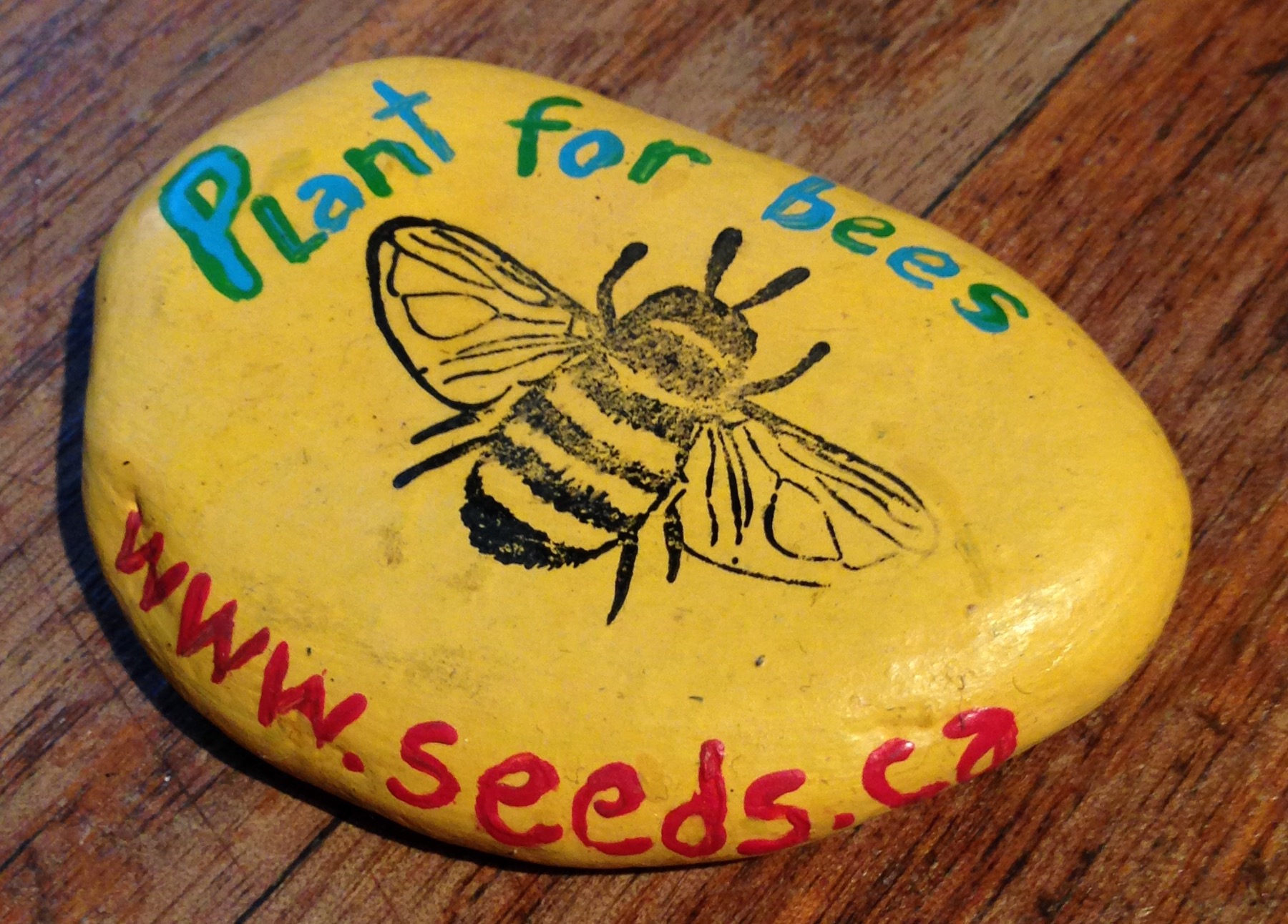A Bad Winter for Honey Bees - And How You Can Help

Kim Fellows
How do honey bees survive the winter in temperate climates? They conserve heat by forming a cluster — a ball of bees — within the hive. They can produce heat by flexing muscles, plus they eat honey that was stored for the winter. Since 2007, the Canadian Association of Professional Apiculturists (CAPA) distributes a survey to the provinces each year, to estimate honey bee colony mortality during the winter. Although CAPA’s report on losses for the 2017/2018 winter is still in progress, we wanted to highlight what we know across Canada, as we celebrate Pollinator Week (June 18-24, 2018).
Historically, Canadian beekeepers have accepted average winter losses around 15 percent; last year’s national winter loss was 25 percent. Alberta, which supports the largest number of beehives in Canada, was citing losses of 30-50% as the surveys trickled in, and Quebec may have lost 40-80% of its colonies. Saskatchewan may be close to a 40% colony loss. Manitoba is estimating it lost 30-40% of its colonies. Ontario believes it may have experienced the worst overwintering mortality on record, with 32% of its 900 beekeepers reporting the loss of 70% or more of their colonies. In general, seven of ten beekeepers in Ontario are claiming unsustainable losses. Preliminary data was lacking for other areas of Canada.
In Ontario, almost half the beekeepers are lamenting weather as the culprit, and the rest of the country is talking about it too. Last summer’s cool wet weather (conditions not favoured by honey bees), coupled with the harsh cold winter that extended into cool, damp spring this year, point to starvation as a cause of mortality — the bees may run out of their honey stores, or they sacrifice themselves to keep the brood (developing young) warm, and the late spring delays the usual abundance of pollen and nectar. Poor queen health, and weak colonies in the autumn entering winter (especially those ravaged by pests such as the Varroa mite, or affected by pesticides) are also potential factors contributing to honey bee deaths.
What you can do to help all bees survive — both honey bees and wild native bees (Canada hosts over 850 kinds of bees) — is to provide lots of native blooming plants. Early in the spring, fruit trees and willow trees, in addition to other flowering plants, provide nectar and pollen as bee food. If you haven’t replaced dandelions with native species, allow any dandelions that pop up on your property to bloom in the early season. Ideally, you would have at least one patch of blooming flowers in succession, such that pollen and nectar is always available from early spring to late autumn. See this previous article for further information, and please keep in mind that we do not endorse the urban hobby of beekeeping.
Remain focused on solutions, such as planting for bees. Wishing you a bright Pollinator Week!
--
Kim Fellows is the coordinator of Pollination Canada
Not yet a member?
An annual membership to Seeds of Diversity gives you access to our seed exchange, seed grow-out programs, and our online news.

We depend on donations to do our work.

Thank you for your support!
